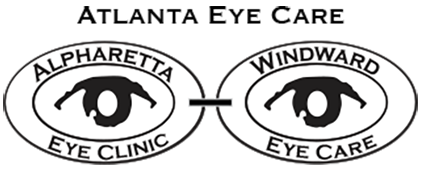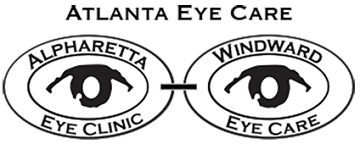 Presbyopia: When You Need Longer Arms to Read
Presbyopia: When You Need Longer Arms to Read
At or around age 40 most people notice their close-up vision becoming blurry. Optometrists call the condition presbyopia and sufferers call it a pain. As we age, our eyes can’t focus like they used to, so reading, sewing, or working on a computer become difficult. This is normal and, unlike other age-related conditions, there’s a simple solution–reading glasses. Even if you’ve never experienced vision problems, presbyopia will eventually set in.
There are several signs that you may need reading glasses:
- Holding items farther than 12″ from your face
- Headaches
- Eye Strain/burning
- Halos
Presbyopia is an age-related loss of flexibility of the lens inside the eye. This is different from astigmatism, myopia, or nearsightedness and hyperopia also known as farsightedness, which is related to the shape of the eyeball and occur early in life. When the lens becomes hardened and less elastic, the eye has a harder time focusing up close.
Treatment for Presbyopia
- Bifocal/Progressive Addition Lenses (PALs): Eyeglasses with bifocal or progressive addition lenses (PALs) are the most common correction for presbyopia.
Bifocal means two points of focus: the main part of the eyeglass lens contains a prescription for myopia, hyperopia and/or astigmatism, while the lower portion of the lens holds the stronger near-prescription for close work.
Progressive Addition Lenses (PALs) are multi-focal lenses that offer a gradual transition between a number of lens powers for different viewing distances, with no visible lines in the lens.
- Reading Glasses: Unlike Bifocals and Progressive Addition Lenses, which most people wear all day, reading glasses are typically worn just during close work. If you wear contact lenses, our optometrists can prescribe reading glasses to wear over your contacts for near vision tasks.
- Multi-focal Contact Lenses: available in gas permeable (GP) or soft lens materials, also are available for presbyopes.
- Monovision: Another type of contact lens correction for presbyopia is monovision, in which one eye wears a distance prescription, and the other wears a prescription for near vision. The brain learns to favor one eye or the other for different tasks.
Because changes in the lens of your eye continue as you grow older, your presbyopic prescription will increase over time. Our optometrists will prescribe a stronger correction for near work as you need it.
Presbyopia Surgical Options
- Monovision LASIK: Surgical options for the correction of presbyopia also exist. If you also have myopia (nearsightedness), hyperopia (farsightedness), or astigmatism, monovision LASIK eye surgery can correct these problems and decrease your dependence on reading glasses as well. It’s also expected that a Multifocal LASIK treatment option for Presbyopia will soon be available in the US.
- Conductive Keratoplasty (CK): If you only need glasses for reading and close work, conductive keratoplasty (CK) may be a good option. This surgical technique is less invasive than LASIK and can be performed on one eye for a monovision correction.
- Refractive Lens Exchange (RLE): Another surgical treatment for presbyopia is refractive lens exchange (RLE), where your eye’s hardened lens is removed and replaced with a special type of intraocular lens (IOL) to restore your distance vision and near vision lost to presbyopia. This procedure is similar to cataract surgery and is more invasive than CK or LASIK.
Presbyopia: How long has it been since you’ve had your eyes examined? If things are looking a little blurry, call us to make an appointment. We will work with your flex plan or insurance. We want you to be able to focus on what matters. Our locations are convenient for anyone living in North Fulton County: Alpharetta Eye Clinic/Windward Eye Care.

